परिचय
Samudragupta, hailed as the “Napoleon of India,” stands tall among India’s greatest emperors. His reign from about 335 to 380 CE marked a period of decisive conquests, imperial consolidation, cultural efflorescence, and administrative sophistication, making the Gupta dynasty synonymous with the “Golden Age” of ancient India. Through a combination of relentless military campaigns and diplomatic finesse, Samudragupta radically expanded his empire’s boundaries—stretching from the Himalayas to the Deccan—and set cultural and political foundations that influenced Indian civilization for centuries.
Early Life and Succession
Born to Chandragupta I and queen Kumaradevi, Samudragupta inherited a kingdom that blended the growing power of the Gupta lineage with the influence of the Licchavis, his mother’s family. The precise details of his early life remain obscure, but numismatic and epigraphic evidence—including coins and the celebrated Allahabad Pillar inscription—indicate a training fit for royalty in warfare, administration, and the arts. Chandragupta I’s careful choice of Samudragupta as heir, over other contenders, would ensure a smooth yet dynamic succession—launching one of India’s most remarkable reigns.
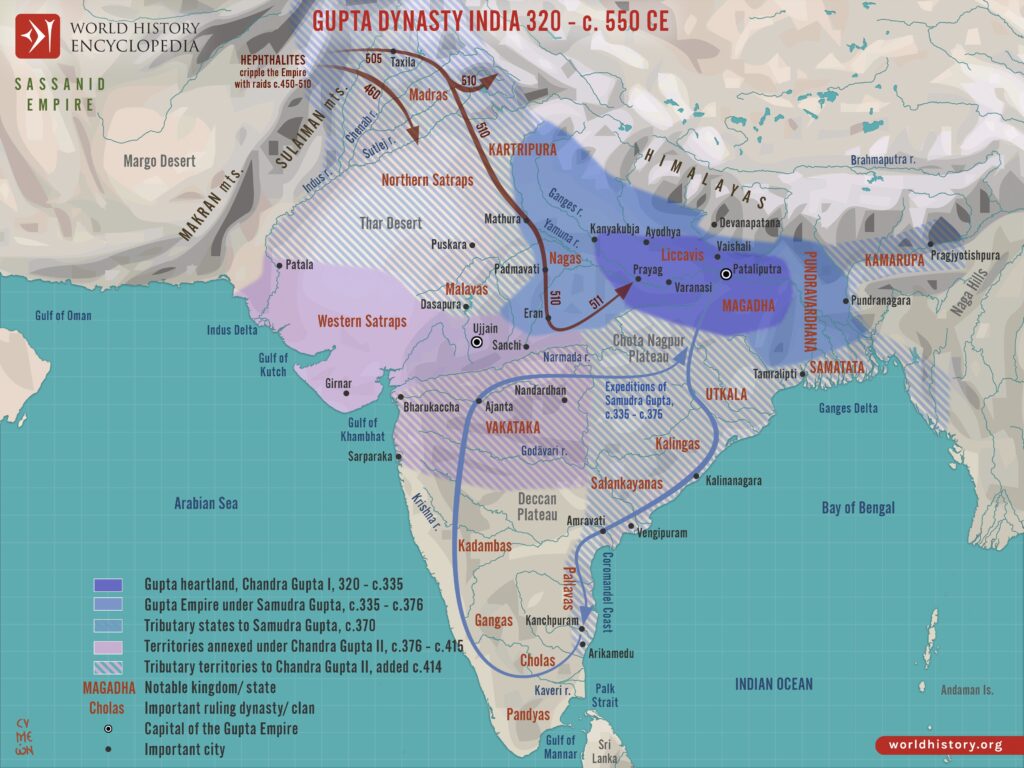
Consolidation of Power
Upon ascension, Samudragupta’s first task was to assert authority over the core Ganges basin. This involved:
- Securing Legitimacy: Performing traditional Vedic rituals and upholding dynastic alliances.
- Dealing with Rivals: Although ancient texts hint at possible internecine struggles, evidence suggests Samudragupta swiftly neutralized challengers and won the loyalty of key nobles.
Military Campaigns: The Shape of an Empire
Samudragupta’s military exploits are legendary, chronicled with great pride by his court poet Harisena in the Allahabad Pillar inscription. His campaigns not only expanded Gupta control but also broadcast imperial prowess across the subcontinent.
Northern and Central Conquests
- Subjugation of Aryavarta: Samudragupta overcame several kings of “Aryavarta” (northern India), annexing their territories.
- Integration of Kingdoms: Defeated monarchs like Achyuta, Naga, and others either lost their kingdoms or accepted vassal status. This allowed Samudragupta to directly administer key regions while using a system of loyal tributaries to extend his influence efficiently.
The Southern Expeditions
- Southern Kings: In a daring “dakshinapatha” campaign, he crossed the Vindhyas and challenged southern dynasts such as Mahendra of Kosala, Mantaraja of Kaurala, Mahendra of Pistapura, and even conquered up to the Pallava capital of Kanchipuram.
- Diplomatic Triumph: Rather than outright annexation, Samudragupta often reinstated defeated southern monarchs as feudatories, securing tribute and recognition of his supremacy. This strategy not only conserved resources but also projected Gupta influence deep into peninsular India.
Frontier, Tribal, and Foreign Relations
- Border Powers: The Gupta suzerainty was recognized by frontier rulers including those of Nepal, Assam (Kamarupa), and portions of Bengal. Tribal states (“Aṭavika kingdoms”) in central India were subdued or allied.
- Foreign Missions: Distant kinglets and foreign rulers—such as the King of Ceylon (Sri Lanka), who sent a mission to Gupta court—acknowledged Samudragupta’s stature, seeking favor and diplomatic ties.
प्रशासन और शासन
Samudragupta’s brilliance was not limited to the battlefield. His reign saw:
- Centralized Administration: While maintaining absolute authority, he delegated substantial autonomy to trusted vassals and feudatories. This flexibility enabled the empire to manage diverse peoples and regions effectively.
- Efficient Revenue System: The stability of agricultural output and expansion of trade boosted tax revenues. The prosperity is attested by widespread coinage, urban growth, and luxury goods in archaeological finds.
- Justice and Law: Inscriptions suggest the maintenance of dharma (righteous governance) and severe penalties against disorder—balancing royal power with ancient norms.
Patronage of Arts, Literature, and Religion
The Musician-King
- Samudragupta was an accomplished veena player and poet. Coins depicting him with a veena underscore his deep patronage of music—a rare trait among warrior kings.
Literary and Scholarly Flourishing
- Promotion of Sanskrit: Royal patronage encouraged Sanskrit literature, and the “Prayag Prashasti” (Allahabad Inscription) itself stands as an eloquent literary achievement.
- Institutional Endowments: The emperor donated generously to temples, Buddhist monasteries, and Jain institutions, fostering interfaith dialogue and cultural exchange.
- कलात्मक उपलब्धियां: Gupta-era sculpture, temple architecture, terracotta art, and coins from this period set high standards for Indian aesthetic sensibilities.
Religious Outlook and Policies
- Hindu Orthodoxy with Tolerance: Although he celebrated the Ashvamedha Yajna (horse sacrifice), symbolizing imperial authority, Samudragupta’s donations to Buddhist monasteries at Bodh Gaya and support for Jainism reflect a climate of religious openness.
- Integration of Ritual and Statecraft: Vedic rituals showcased both divine sanction and royal legitimacy, reinforcing the king’s image as the upholder of dharma and cosmic order.
Legacy and Historical Significance
The reign of Samudragupta shaped the trajectory of Indian history in several important ways:
- Political Unity: By integrating the north, consolidating the east and west, and establishing suzerainty over distant states, he laid the groundwork for one of India’s most stable and prosperous empires.
- Model of Kingship: His combination of valor, scholarship, and administrative acumen became the ideal for later Indian kings.
- Cultural Synthesis: His era’s fusion of Vedic tradition, artistic innovation, and religious pluralism formed the backbone of what is remembered as India’s classical age.
- Commemoration in Records: The Allahabad Pillar inscription remains a gold mine for historians, providing candid and detailed records of his conquests, governance, and personality.
- International Impact: The attention of foreign rulers and chroniclers, including references in Chinese Buddhist pilgrim accounts, highlighted the prestige of Samudragupta’s court across Asia.
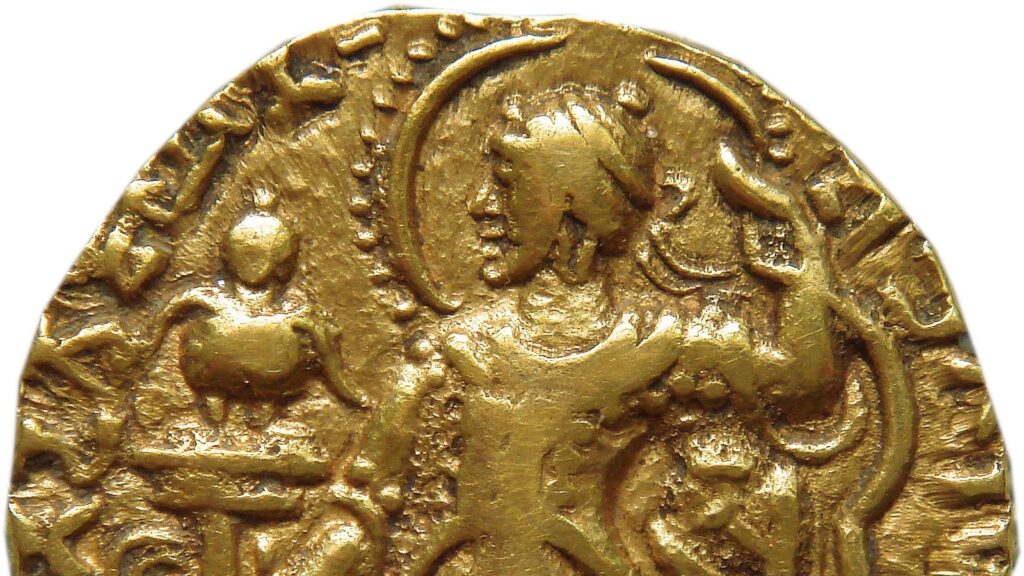
Interesting Facts
- Veena on Coins: Few ancient kings are immortalized in art for their musical gifts—Samudragupta’s coins, with him strumming a veena, are a rare testament to cultural as well as martial achievement.
- Ashvamedha Yajna: Performing the grand horse sacrifice signified supreme sovereignty. His coins and inscriptions commemorate this epic ritual.
- Court Poet Harisena: Harisena’s eulogies in the Allahabad inscription not only glorify the king but also showcase the rich poetic tradition of the Gupta court.
- Foreign Outreach: The Sri Lankan king Meghavarna is said to have built a monastery at Bodh Gaya for Buddhist pilgrims, a gesture facilitated by Samudragupta’s religious tolerance.
निष्कर्ष
Samudragupta’s enduring legacy lies at the intersection of power, intellect, and culture. By forging a mighty empire, refining administration, and nurturing arts and faiths alike, he epitomized the zenith of ancient Indian civilization. His reign is not just remembered for its military sweep, but for its contribution to a tolerant, inquisitive, and vibrant society—one that echoes in Indian memory as a time when polity, poetry, and piety flourished side by side.

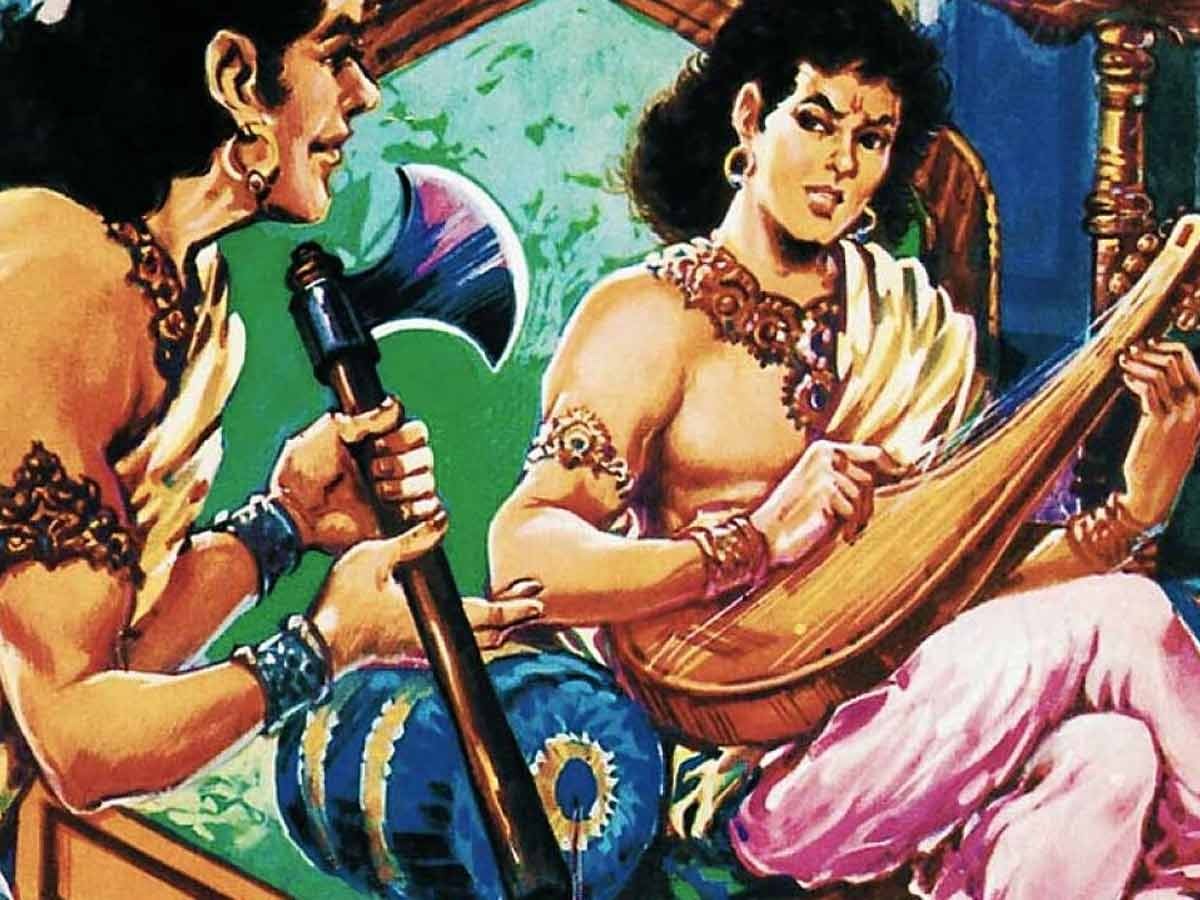
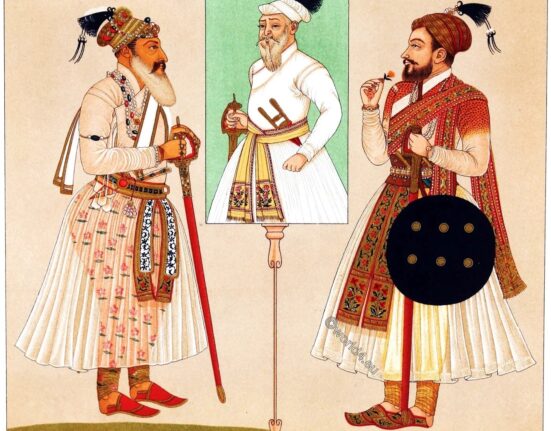
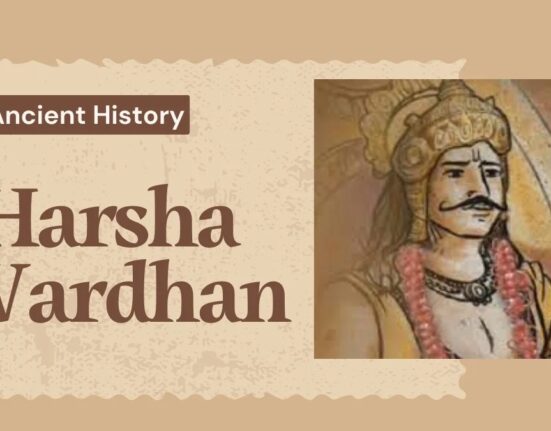
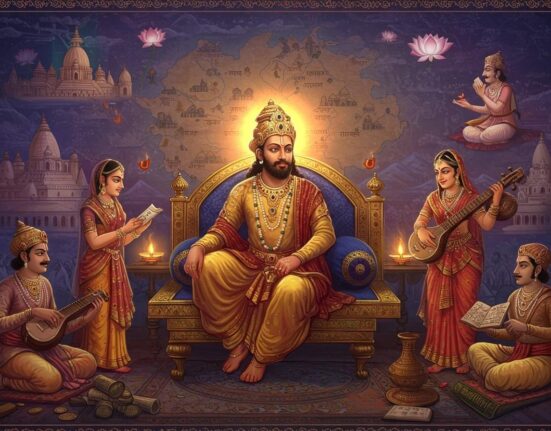


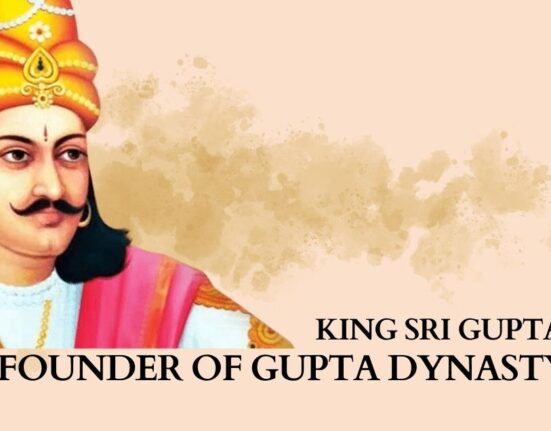
इस बारे में प्रतिक्रिया दें